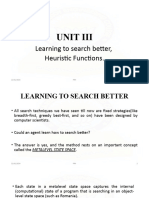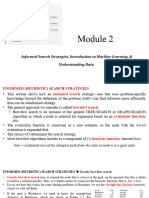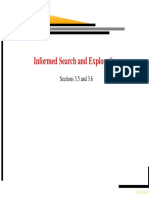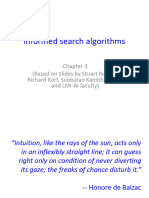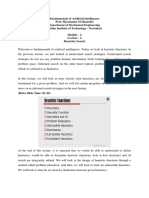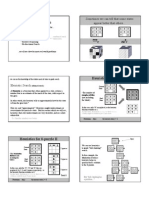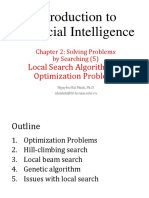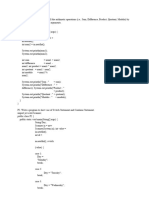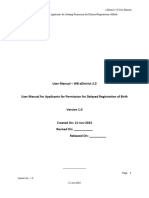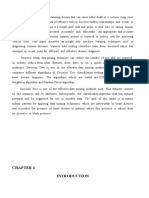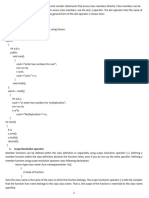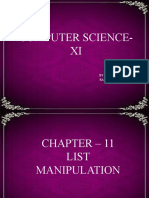0% found this document useful (0 votes)
145 views20 pages8-Puzzle Heuristics and Solutions
This document discusses techniques for solving problems by searching, including heuristic functions. It begins by introducing the 8-puzzle problem and relaxed problems as a way to develop admissible heuristics. Pattern databases are then described as a method for storing exact solution costs to subproblems to derive heuristic estimates. Finally, the document mentions learning heuristics from experience by solving many example problems and using machine learning algorithms to generalize the patterns.
Uploaded by
Quynh Nhu Tran ThiCopyright
© © All Rights Reserved
We take content rights seriously. If you suspect this is your content, claim it here.
Available Formats
Download as PDF, TXT or read online on Scribd
0% found this document useful (0 votes)
145 views20 pages8-Puzzle Heuristics and Solutions
This document discusses techniques for solving problems by searching, including heuristic functions. It begins by introducing the 8-puzzle problem and relaxed problems as a way to develop admissible heuristics. Pattern databases are then described as a method for storing exact solution costs to subproblems to derive heuristic estimates. Finally, the document mentions learning heuristics from experience by solving many example problems and using machine learning algorithms to generalize the patterns.
Uploaded by
Quynh Nhu Tran ThiCopyright
© © All Rights Reserved
We take content rights seriously. If you suspect this is your content, claim it here.
Available Formats
Download as PDF, TXT or read online on Scribd
/ 20





